
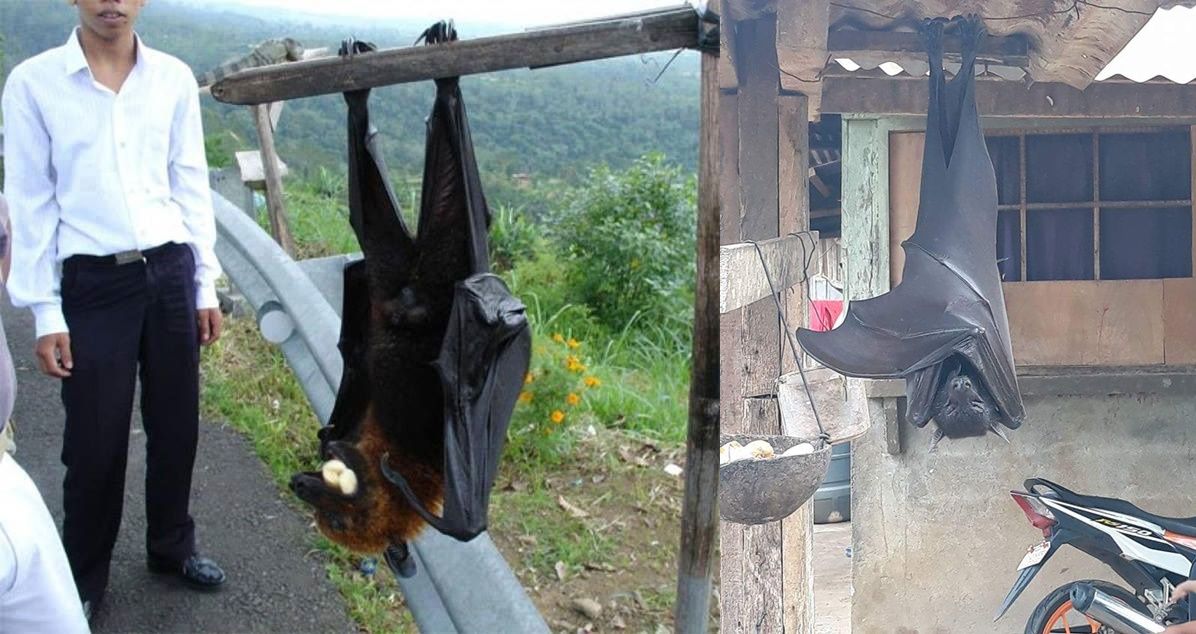
Amazing! Giant Megabats!
The giant golden-crowned flying fox gets its species name from the golden fur around the head, in sharp contrast to the black body. Like all other fruit bats, they have no tail. They are among the largest bats, with a wingspan of 1.5–1.7 m (4 ft 10 in–5 ft 7 in) and weighing 0.7–1.2 kg (1.5–2.6 lb). The only other bats with comparable measurements are a few species of Pteropus.
No, these photos are not photoshopped. I can still tell you someone in the comments is going to be like, “NO WAY THAT’S REAL, BRO!” But those are my favorite types of animals to share with you all; ones that cannot possibly exist on Earth but do! The Giant Golden-crowned Flying Fox (Acerodon jubatus) is a prime example of one of those such animals.
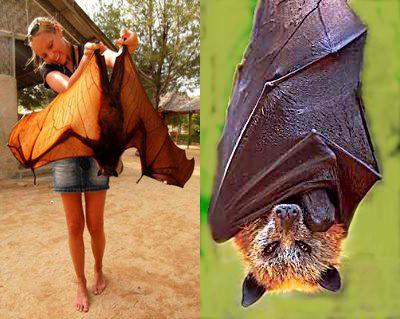
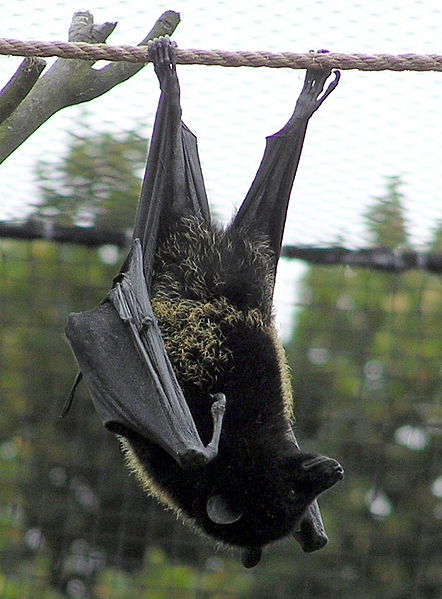
Little is known about the behavior of these impressive bats because the area they inhabit is so remote. They have been recorded at elevations from sea level to 1,100 m (3,600 ft). They make crazy journeys to find food (their favorite being figs) and will fly 25 miles or more in ONE NIGHT to fill their bellies. Another hard reason to find these guys is that they don’t put up with any humans (could you blame them?) and in a study conducted in 2005 NO bats were found living in inhabited areas. Another study found them to be forest obligate species, meaning that they stay hidden in the forest a majority of their time.
Unfortunately, this incredible species is under threat from deforestation as well as hunting. However, there are a couple of agencies working to preserve the future of the weird and wonderful Golden-crowed Flying Fox. The local government of Maitum, Sarangani in the Philippines has organized a campaign to save the species from extinction. The Subic Bay region of the Philippines plays host to a lot of the research on this species. Subic Bay is a 14,000-acre (57 km2) protection area that is managed by individuals who want to preserve the species.
Bat Conservation International, the Wildlife Conservation Society, the World Wildlife fund, Lubee Foundation are among the other groups helping to save this species. They provide research funding and education worldwide as well as locally. Check them out to see how you can help!
The megabat, contrary to its name, is not always large: the smallest species is 6 cm (2.4 in) long and thus smaller than some microbats.[2] The largest attain a wingspan of 1.7 m (5.6 ft), weighing in at up to 1.6 kg (3.5 lb).[3] Most fruit bats have large eyes, allowing them to orient themselves visually in twilight and inside caves and forests.
Their sense of smell is excellent. In contrast to the microbats, the fruit bats do not use echolocation (with one exception, the Egyptian fruit bat Rousettus egyptiacus, which uses high-pitched tongue clicks to navigate in caves).[4]
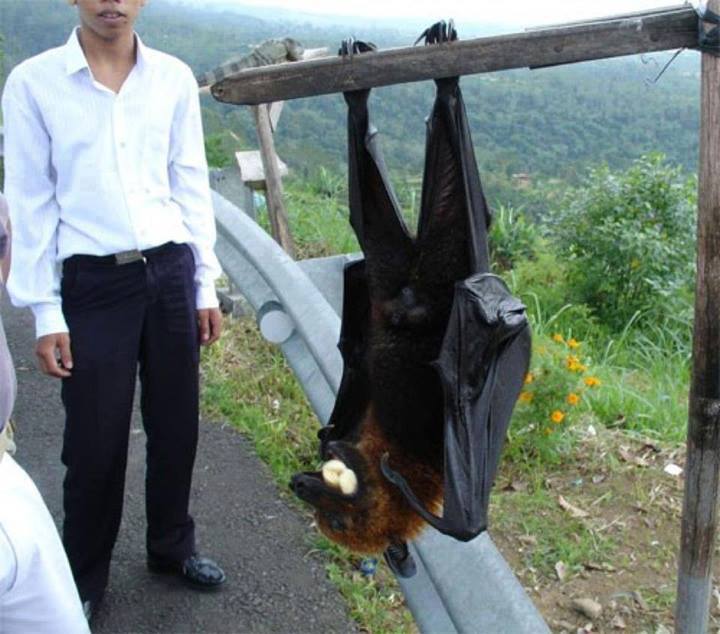
Recommended Videos
 30 Pics Of Remarkable Weather Events, As Shared By This Online Group18 views
30 Pics Of Remarkable Weather Events, As Shared By This Online Group18 views A Rare Golden Possum, People Call Her “Pikachu”47 views
A Rare Golden Possum, People Call Her “Pikachu”47 views-
Advertisements
 They say that Nature has mysterious ways! Have you seen such an unusual and exotic rainbow before?71 views
They say that Nature has mysterious ways! Have you seen such an unusual and exotic rainbow before?71 views In Arizona, There is a Petrified Opal Tree Trunk (About 225 Million Years Old)345 views
In Arizona, There is a Petrified Opal Tree Trunk (About 225 Million Years Old)345 views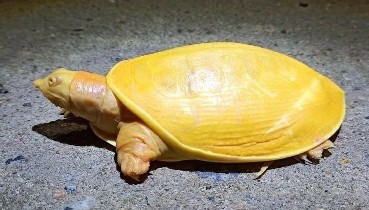 Extremely Rare Albino Turtle Was Found In India And It Looks Like A Slice Of Melted Cheese377 views
Extremely Rare Albino Turtle Was Found In India And It Looks Like A Slice Of Melted Cheese377 views This Mind-Bending Sculpture Park In Wicklow Is Meant For Over 28s — And You Can See Why9125 views
This Mind-Bending Sculpture Park In Wicklow Is Meant For Over 28s — And You Can See Why9125 views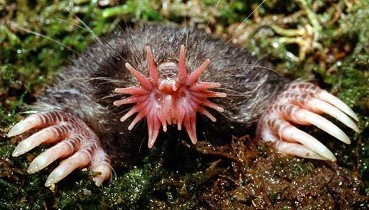 The star-nosed mole (Condylura cristata)...7718 views
The star-nosed mole (Condylura cristata)...7718 views Eerie Mirrored Sculptures Making Human Forms Blend Into Their Surroundings77 views
Eerie Mirrored Sculptures Making Human Forms Blend Into Their Surroundings77 views
You may also like
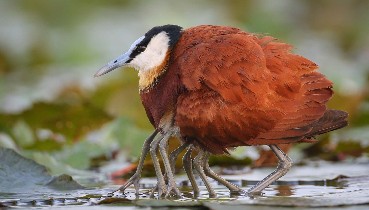 Meet the jacanas, a family of wading birds that are spread across Asia, Africa, South and Central America, and Australia.
Meet the jacanas, a family of wading birds that are spread across Asia, Africa, South and Central America, and Australia. 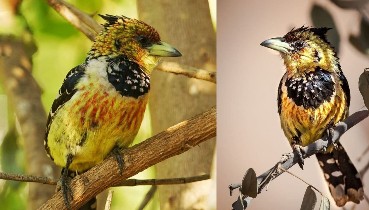 Crested Barbet - There are many spectacular birds in nature.
Crested Barbet - There are many spectacular birds in nature.  97 Pics Of Adorable Pregnant Animals
97 Pics Of Adorable Pregnant Animals  Woman Rescues A Sable And Decides To Keep Her As A Pet Since She’s Not Fit To Live In The Wild
Woman Rescues A Sable And Decides To Keep Her As A Pet Since She’s Not Fit To Live In The Wild